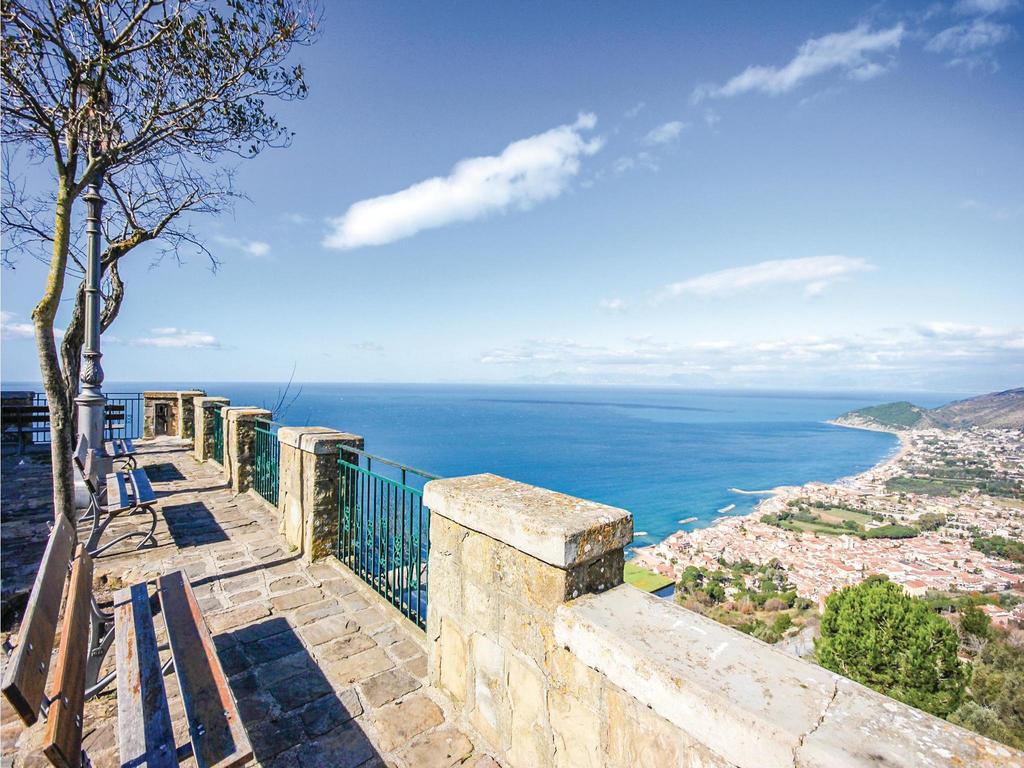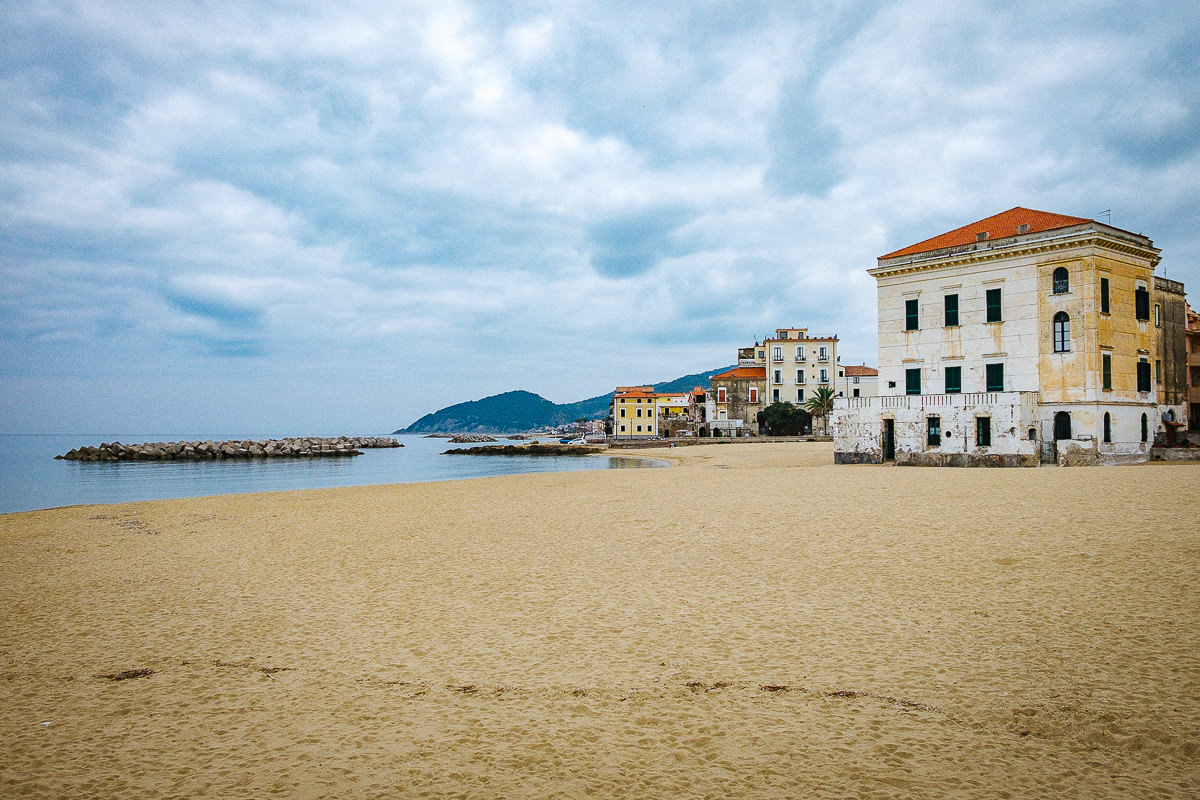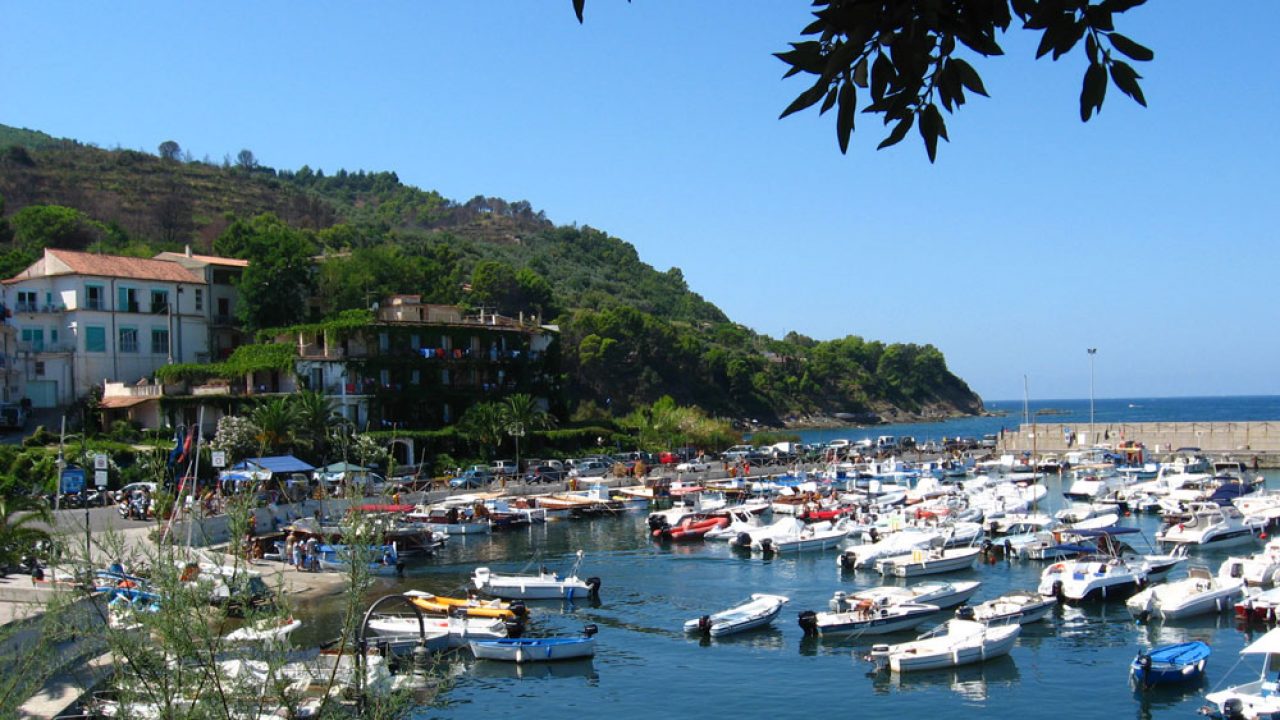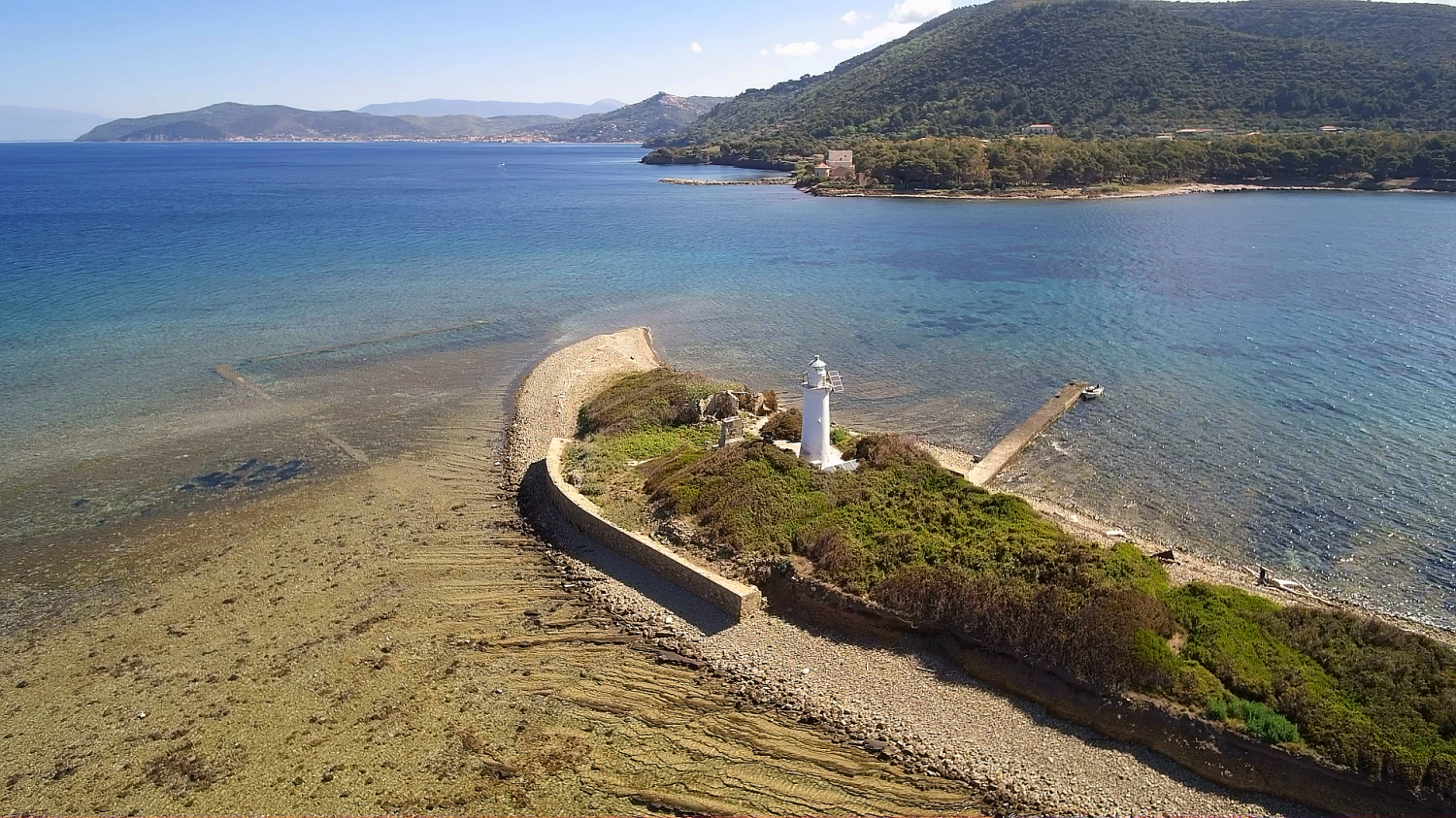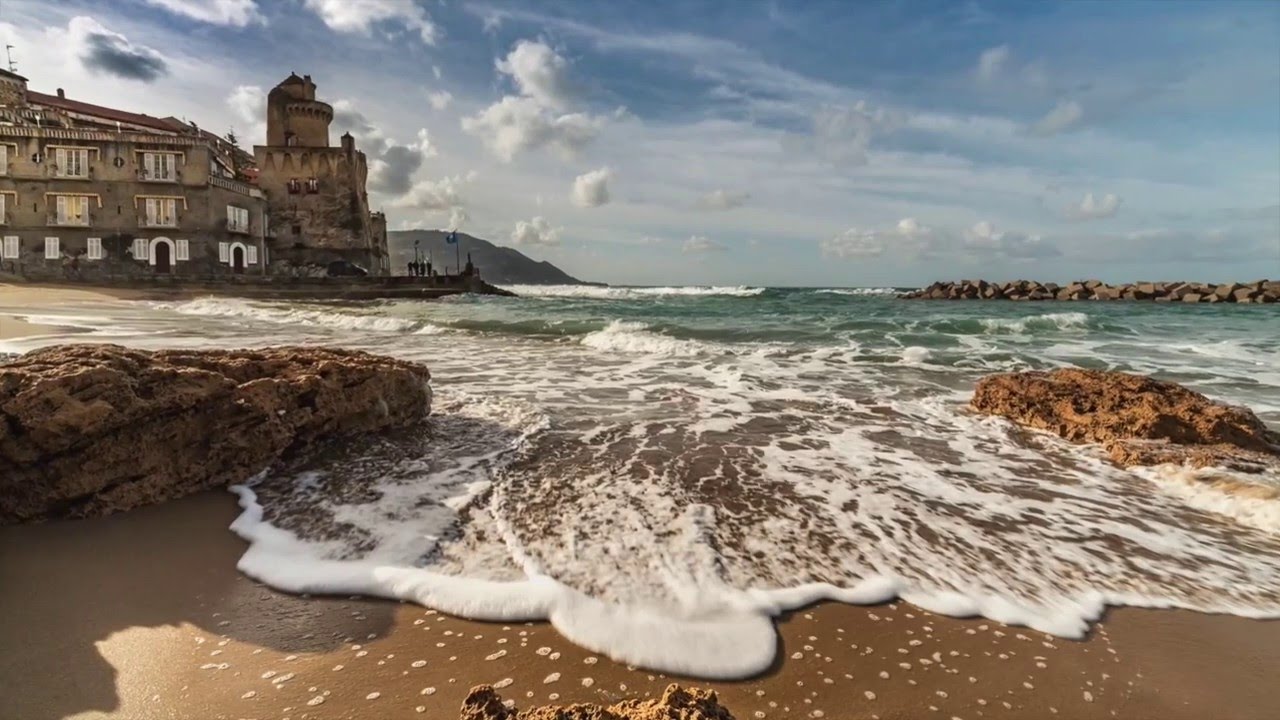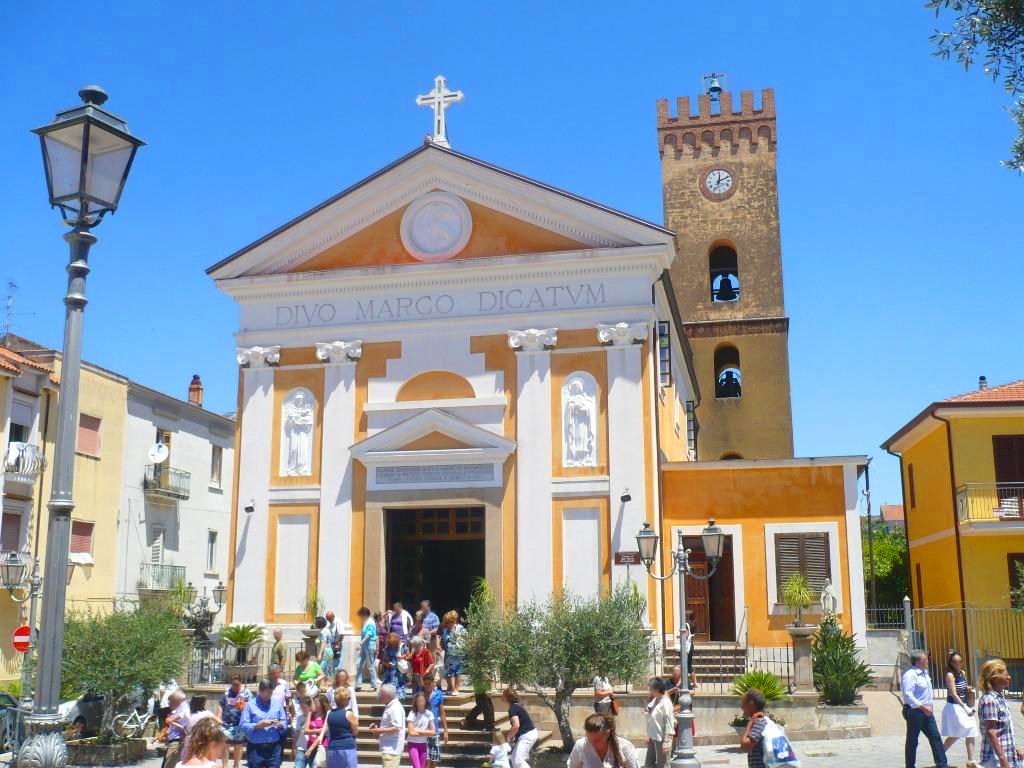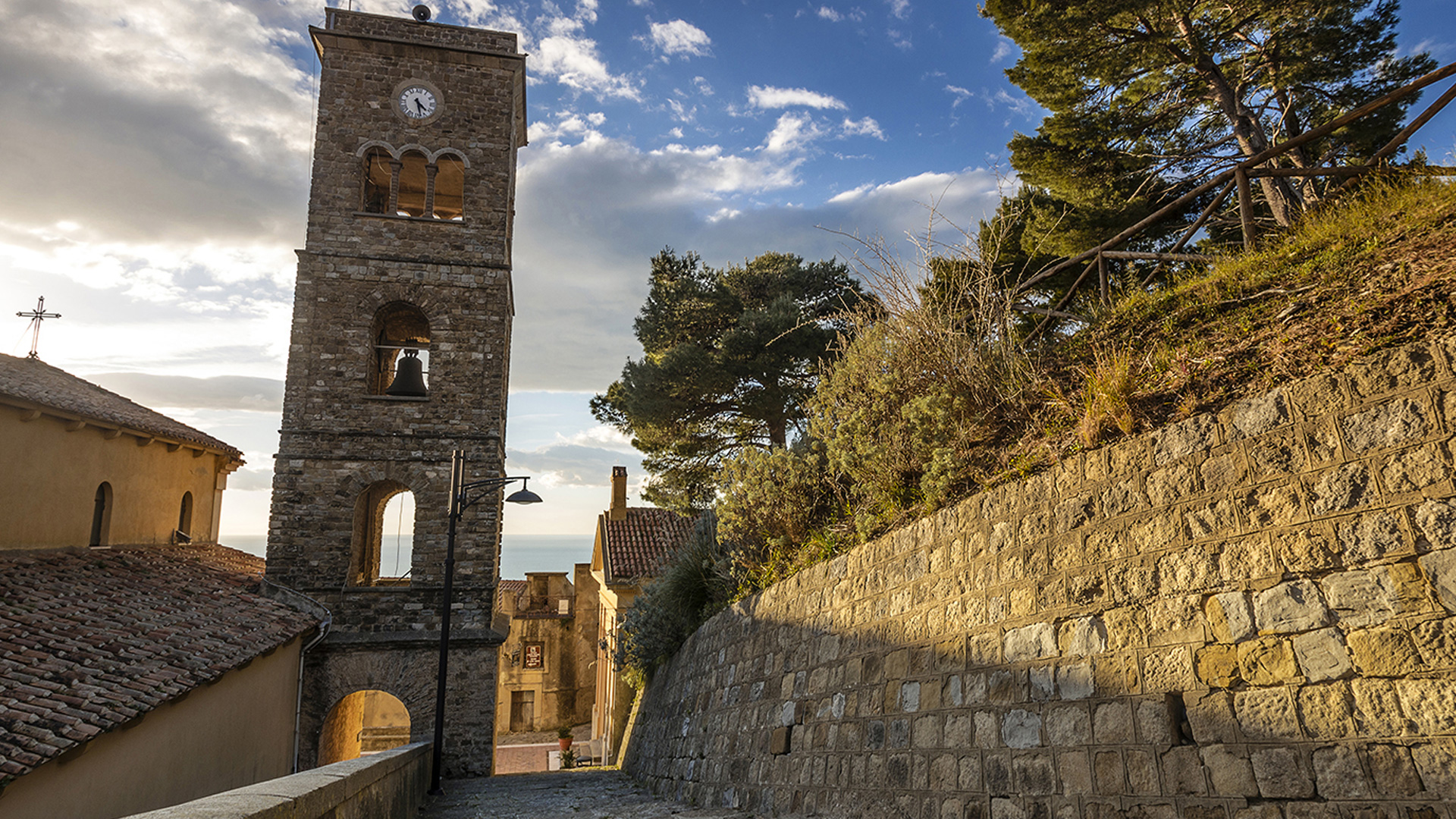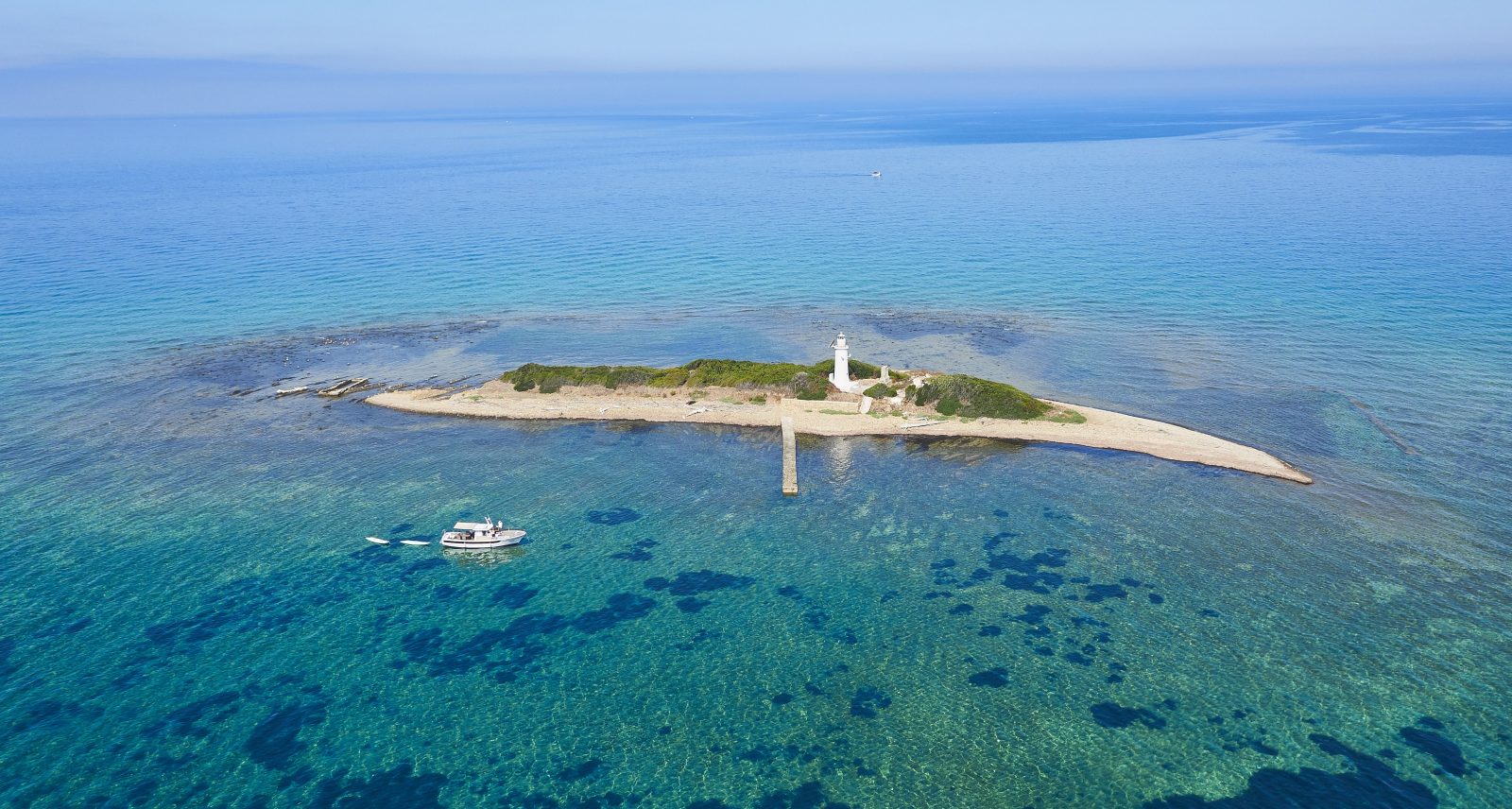Castellabate
12 minutes far from La Suscella
The city of Castellabate is located on a hill, from which it is possible to see the wide coast from Punta Licosa to the Promontory of Tresino. This beautiful city dominates a promontory that extends between the tip of the Sauco near Tresino to the north, and the Ogliastro Marina river to the south. Santa Maria, San Marco, Ogliastro Marina are the Three parts in which the city is divided
Castellabate is an area, that has been inhabited since prehistoric times. Over the centuries, various populations such as the Enotri settled in this area; besides, there’s a series of evidence, proving that a Greek civilization could have inhabited the promontory of Licosa and its surroundings, in a city called Leucosia or Leukothèa. Probably the name of the Italic population, that in the 4th century BC. lived along the coast between Poseidonia and Elea, could derive from that city: the Leucanoi, then Lucani. The Roman patricians built numerous villas (of which the ruins remain) in the region that goes from Licosa to Tresino, but after the fall of the Western Roman Empire the long period of barbarian domination began, characterized by a certain instability until to the advent of the Goths of Theodoric and later of the Byzantines.
In 846 Licosa was considered a stronghold of Saracen pirates, who were defeated in the decisive battle of Licosa by an alliance of local powers that included all those people damaged by Muslim raids. The first official information about the territory dates back to 977, when the bishop of Paestum Pandone sold some landholdings, belonging to the churches of Santa Maria de Gulia, Santa Maria Litus Maris and San Giovanni di Tresino, to sailors from Atrani. The history of this territory is inextricably linked to the character of San Costabile Gentilcore, fourth abbot of the Badia di Cava. He was so important, because he ordered the construction of the Sant’Angelo castle in the same year in which he was nominated abbot (10 October 1123).
Various feudal lords ruled in Castellabate: Marino Freccia (1553); Vincenzo Loffredo (1556); Filomarino family, counts of Rocca d’Aspide (1557); Acquaviva family, Counts of Conversano (1622); Caracciolo di Torrecuso family (1645), who had to face a catastrophic event such as the plague of 1656; Francesco Nicodemo (1704); regent Giacinto Falletti (1713); Marquis Paride Granito (1733).
The town was affected by the Neapolitan Republic of 1799, in which Luisa Granito had an active political role. The Granito family, after several successions, owned the fiefdom until the subversion of feudalism in 1806.
Beyond all the beautiful landscapes that make Castellabate a pearl of the territory, there are also many buildings of historical, artistic and architectural value. The Parish Church of Santa Maria Assunta (dating back to the 14th century) is an example of this. Among the churches of the village stand out the so-called Church of the Pietà, dating back to the fourteenth century but restored around 1756, the Church of San Biagio, from the sixteenth century, owned by the Matarazzo family, and finally the Oratory of Santa Maria de Gulia. In 1837 the Church of Santa Maria a Mare was built, located in the locality of the same name, while the Church of San Marco was built only in 1915, known for the presence of a port and a fishing village dating back to Roman times. Finally, in 1925 the Church of Sant’Antonio was built in the Lago area. The castle that dominates the area is definitely worth a visit. It opens onto a square next to which stands the Palazzo Perrotta, built around 1740, which hosted Gioacchino Murat in 1811, passing through the village during his trip to the South. Not far away is the house where Ruggero Leoncavallo lived.
Also, worth mentioning are the Palazzo dei Conti Matarazzo, the Torre del Barone Perrotti (formerly Torre Pagliarolo) and the imposing Prince Belmonte’s Palace, which his relatives, the Granito marquises, built in 1733 by combinig existing buildings. Also worthy of note are the Palazzo dei Granito in Punta Licosa, built in the first half of the eighteenth century with its chapel, and the seventeenth-century fortified farmhouse called the Torretta, in San Marco. The coastal towers are not to be forgotten, from the thirteenth-century one of Tresino, which in 1277 falls within the competence of the local administration of Agropoli, to that of Licosa, contemporary to the previous one, to the other called Pagliarola or della Marina, medieval but strengthened in the years 1570-71. In the period 1567-69 the Cannitiello Tower was built, near Licosa, in 1569 that of Ogliastro, in 1570 the other sighting tower, located on the Licosa hill and called Torricella or Torre del Semaforo. The construction of the Ogliastro Marina Tower, also known as the Arena or the Ripe Rosse, dates back to the end of 1592.
Castellabate was declared a World Heritage Site by UNESCO in 1998 and its marine environments make up the marine protected area of Santa Maria di Castellabate.
Sources: Wikipedia (https://it.wikipedia.org/wiki/Castellabate) InfoCilento (https://www.infocilento.it/turismo/castellabate/)

